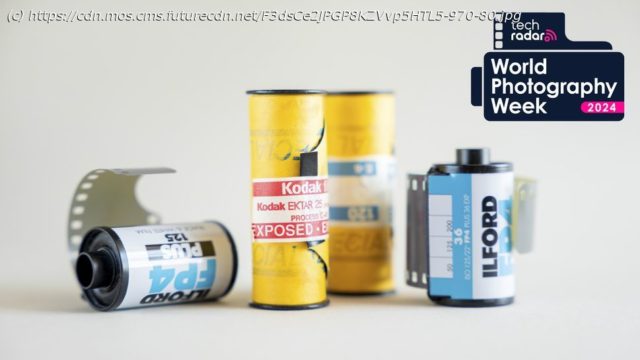Discover the essentials of analogue film formats and see how these classic sizes stack up in today’s digital world
In the old days—well, actually not that long ago—photographers had no choice but to use film. There was simply no other way to make a photograph. This was cool, and we didn’t know any better anyway. However, these days, shooting film is a creative choice that is growing in popularity. Perhaps, like vinyl, it’s the allure of the analogue vibe, the physicality of handling an actual material, or the alchemic magic inherent in the old-school methods which inspire this revived interest.
Regardless of motivation, using film requires a little more consideration than simply selecting a film emulation preset on your camera’s menu. In the first instance, you will have to purchase film, and that means making a bunch of creative decisions in advance. The type and size of film you buy depends on a whole lot of parameters, which we’ll discuss here. Aside from the size of the film, which is determined by the camera you use, you’ll also have to commit to the film’s ISO rating and decide whether you want to make black and white or colour photographs and if you decide on using colour, do you want to use transparency (slide) film colour negative and whether it’s been ‘balanced’ for daylight or tungsten light.
Shooting with film can be great fun. It’s a slow, magical process and offers something that digital photography lacks. If you have time, creative curiosity and a spot of spare cash, it can be rewarding. But be warned, it can be a rabbit hole of expense as the costs of film and processing increase, but it’s worth it!Film sizes explained
If you’re interested in buying your first film camera, you should first consider the film size you’d like to shoot with because each has its own advantages. The following options that I’ve covered below are the most popular.
We’ve ranked the best cult cameras ever and also compiled the best film cameras into a handy guide if you’d like to see our favorite film cameras. 35mm
35mm film has become the standard photography film size; it was initially developed for movie-making in the late nineteenth century. However, Oskar Barnack of Leica Cameras appropriated and adapted it for the first Leica 35mm film camera in the 1920s. With a 2:3 aspect ratio, it soon became the standard mainstream film used worldwide. The smallness of the film and its easy-to-load-into-a-camera cartridge meant that cameras could be made much smaller and, consequently, more portable. It was a pivotal moment in the history of camera technology, and its legacy is still evident today. It’s even the same size and aspect ratio as a full-frame sensor in many digital cameras (24x36mm).
A roll of film is typically 638mm long, which gives roughly 36 exposures. Sprocket holes on the edge of the film allow it to be advanced from one frame to the next, easily allowing 36 images to be made without any faff. It might not seem revolutionary now, but this made a big difference to photographers a century or so ago. Leica is still a trailblazer and makes both film and digital cameras, such as the Leica M-6.






